Graham Reid | | 7 min read
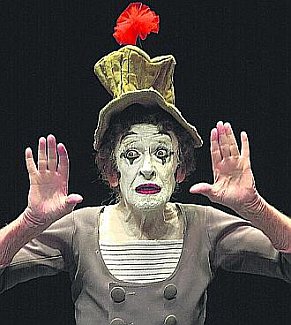
Within minutes, literally fewer than five, Marcel Marceau is back in the unadorned dressing room at Sydney's Capitol Theatre and, still in full pancake makeup, enthusiastically giving an interview after another thunderously received performance.
The speed at which this private audience has been expedited and the sheer rush of words from a man whose reputation is built on silence suggests there is considerable truth to his famous quip: "Never get a mime talking. He won't stop."
At 78 and with an internationally acclaimed career of almost six decades behind him, Marceau has more - and more interesting - things to say than most. In English tinged with Gallic emphasis and pronunciation, he chats easily and when he has finished an answer - often digressive and punctuated by poetic metaphors - he abruptly stops: "Another question," he says eagerly.
The world's greatest and most famous master of saying nothing likes to talk.
Unexpectedly small and thin, rheumy-eyed, his loose skin a translucent grey-blue, and with the smell of the stage and age about him, Marceau is engaging and humorous.
He speaks of his regime of two meals a day, playing chess, shows me a tour programme of the 70s to show his Chagall-like illustrations, talks of his legacy which is his school of mime in Paris, and occasionally drops a Zen-like aphorism such as, "Silence does not exist, it is the weight of the soul."
He laughs frequently, has quick intellect and memory, and possesses an improbable fright of hair. The hearing aid seems the only concession to age.
Certainly he repeats his own press releases ("I am a magician of the invisible, they say") and some sentences have been polished smooth by time: "What could I bring to America or the New World which they didn't have?" he asks with conspiratorial excitement.
"They had dance, music, everything. What could I bring? Silence!"
It is a refrain in almost every published interview, as is "I see the invisible, because if I didn't [the audience] wouldn't."
But Marceau says them - and unlike the self-inflating hype of most artists they are true - with such animated enthusiasm and engaging eye-contact they feel fresh, as if he's just discovered the magic in his remarkable life.
But don't ask about my life, he says, because that is all in the tour programme. "Ask me about my art."
While I am happy to oblige, he immediately reverts to outlining his story: Captivated by Charlie Chaplin, Buster Keaton and silent movies as a child; at age 10 performing fables and Chaplinesque pratfalls; his work with the French Resistance during the war; postwar years studying his art and performing in Europe; the acclaim in the United States; movies and a gruelling schedule of theatrical performances; Michael Jackson developing the famous Moonwalk from his equally famous walking-against-the-wind sequence ...
Famous names such as Jackson, Mel Brooks (in whose Silent Movie he made a cameo and famously spoke one word, "No!"), magician David Copperfield and Johnny Carson unselfconsciously pepper his conversation.
It has been a remarkable, inventive and productive life for which he has received numerous accolades - including France's Legion of Honour - and while not immodest he is frequently and genuinely deferential to two figures who shaped him, his beloved Chaplin and his teacher Etienne Decroux. For Chaplin there is praise undiminished by the passage of time, as if he is still assimilating the genius.
"He was a dancer, acrobat, mime and a great actor," he says, noting Chaplin came from the music-hall tradition, which was also the home of mime before the modern era of movies and television. He readily acknowledges his character Bip whom he created in 1947 - in distinctive beflowered hat and odd sailor suit - owes much to Chaplin's Little Tramp. You also see the influence in his vignettes such as The Public Garden with the moustache-twirling, cane-swinging policeman.
He hails his mentor Decroux, whom he met in Paris while enrolled at the Charles Dullin School of Dramatic Art in 1946, as "a grammarian of mime. I saw him and then I understood, there is a grammar for mime [just as] there is a grammar for dance. It was an art form."
It was his turning point but Marceau famously fell out with the old master when he created performances in the manner of silent film sketches and took them into theatres. Decroux felt his student was debasing an ancient science of movement by popularising it. But the public voted by buying tickets and after the creation of Bip, a sentimental and romantic underdog like the Little Tramp, Marceau started playing 250 performances a year.
Despite being Jewish and losing his father in the charnel-house of Auschwitz, he took his art to German audiences, who received him enthusiastically.
"The Germans before Hitler had very strong Expressionist dance and when they saw me they thought I was a continuation of that. I was a big success in Germany, I could have been Hitler! They went completely crazy about the art form."
Marceau went to the United States in the late 50s and was widely acclaimed in artistic circles. But the mime also did talk shows and through the agency of the new medium of television became a household name.
His performances were sell-outs and he was feted by the Californian glitterati: "All of Hollywood was there: Charles Laughton, Gary Cooper, Ginger Rogers, Fred Astaire, the Marx Brothers - you cannot imagine what it was like. In America the press said of me, 'Charlie Chaplin', like the same status. After two weeks!" he frowns. "Ridiculous! Two years maybe but ... "
The acting profession still holds him in high regard. Keanu Reeves and Laurence Fishburne in Sydney filming The Matrix sequels attended a performance a fortnight ago. A beaming Fishburne got his photo taken with the grand old man of mime.
Marceau has been famous all his adult life. He is the foremost practitioner of a much derided and debased art but to see him in performance is to be captivated by the nuances and potential of the form.
Some of his vignettes (notably those featuring Bip) are humorous and have a storyline, others drip with pathos. Then there are the metaphoric ones such as the extraordinary Youth, Maturity, Old Age and Death, which has come to mean more to him as he has made the progression.
"I was not very happy with it at first because young people have to see an old man, they want to see young people. But what is important is old age is not respected, young people think they don't need old age. But if old age disappears then the past disappears."
But it is the sheer human warmth of his characters and the subtle depth of his metaphoric work which have ensured their popular appeal.
Marceau is a self-confessed sentimentalist. It is apparent in many of his "style pantomimes", which seem to take place in a romantic, invisible world of an undefined earlier period. While he bemoans that many people don't go to the theatre because they believe it is too intellectual, he knows there is a universality about his work which touches audiences of all ages, especially the young for whom the art is new.
"Everyone thinks [silence] is natural but silence is so fantastic - it's the stream of life, and when we play in the stream of breathing I breathe time, and with the weight of my soul. This is why very often singers say, 'Marcel Marceau, do you sing inside?' I say, yes, of course. It's like a wave.
"Romanticism has gone, but when young people see it they are touched, they feel the weight of the soul. Art is not a fad, art is eternal."
Marcel Marceau died in September 2007. He was 84.
.
.

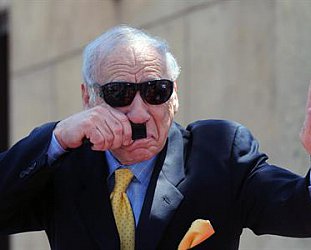
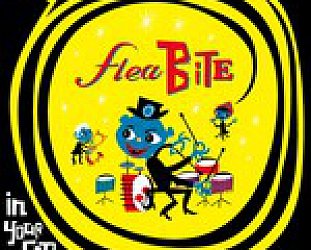
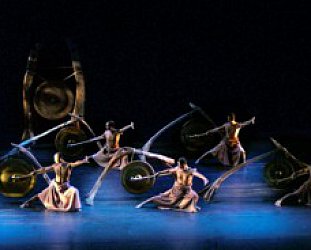
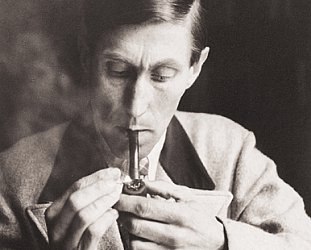
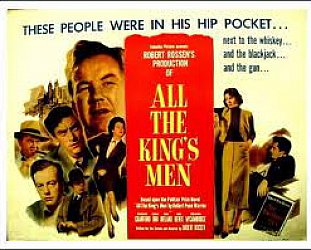
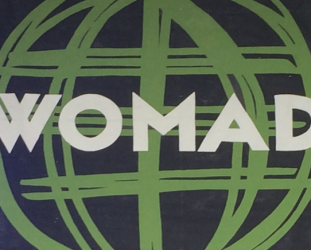
Kelvin Roy - Jun 15, 2020
Unsurprisingly, many interviews happen after the show. I sat in on some interviews, with my father, including one with Marcel Marceau. And yes, still in his makeup...he cut a distinct figure--on stage or after the show. A great memory...and a pleasant surprise that you brought it up!
Savepost a comment